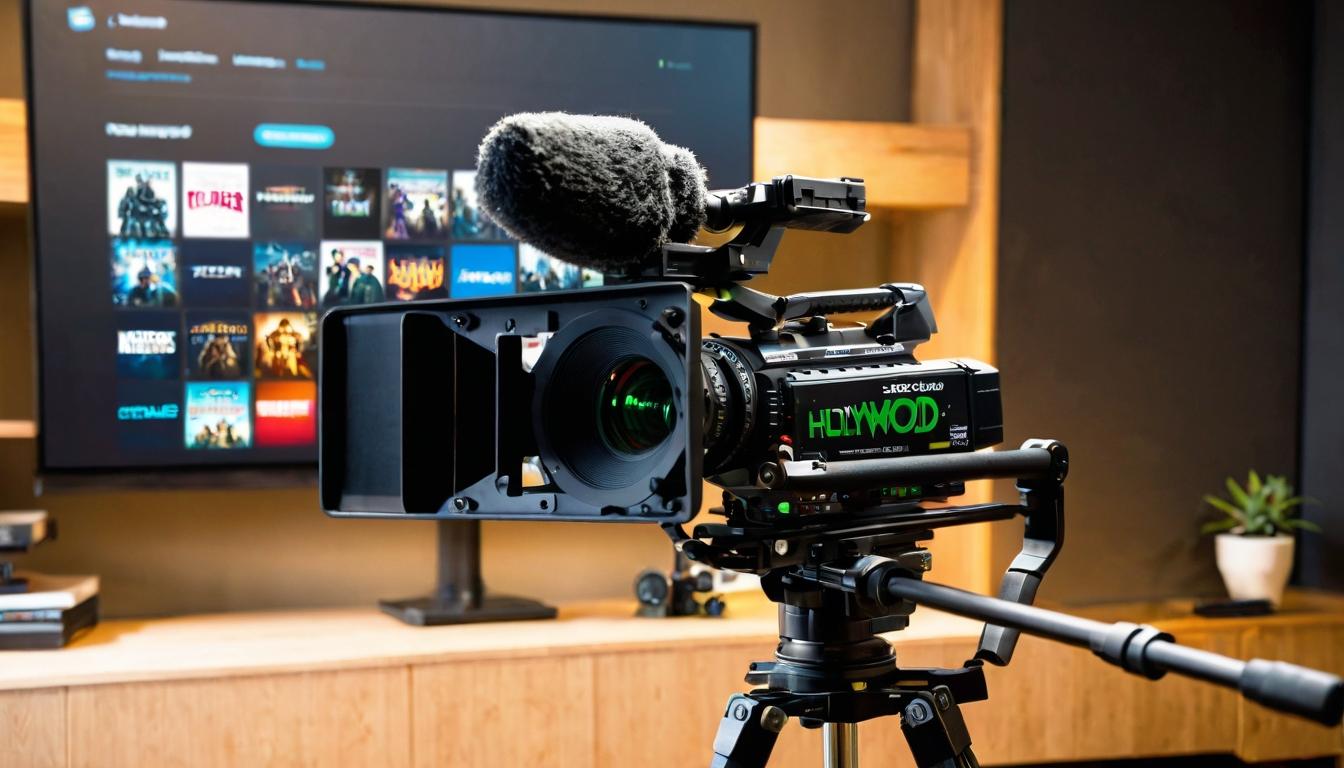The popcorn scent still lingers in theater lobbies, but the real action in Hollywood has shifted from silver screens to server farms. While audiences debate Marvel versus DC, studio executives are engaged in a far more consequential battle—one fought with algorithms, viewer retention metrics, and subscriber acquisition costs. The streaming revolution didn't just change how we watch films; it fundamentally altered the economics of movie-making itself.
Walk through any major studio lot today, and you'll find data scientists working alongside screenwriters. Netflix's infamous "content algorithm" has become the industry's worst-kecret secret—a system that analyzes everything from color palettes to actor combinations to predict audience engagement. When Netflix greenlights a $200 million film, it's not because executives loved the script; it's because the data suggested a 78% completion rate among 25-34-year-olds in urban markets.
This data-driven approach has created bizarre new industry patterns. Remember when every streaming service suddenly launched their own Scandinavian noir series? That wasn't creative coincidence—it was algorithm convergence. When one platform's data shows strong engagement with subtitled content, competitors receive automated alerts through industry data-sharing agreements (yes, they share more than you'd think).
The theatrical experience has become a marketing tool for streaming assets. Warner Bros.' controversial 2021 decision to release all films simultaneously in theaters and on HBO Max wasn't just pandemic pragmatism—it was the industry's first large-scale experiment in treating cinema releases as customer acquisition costs. Each ticket sold represented not just revenue, but data about family viewing preferences that could be monetized for years through targeted content recommendations.
Independent filmmakers have become unintended beneficiaries of this new economy. While studios chase four-quadrant franchises, streaming services need niche content to fill specific algorithmic gaps. A queer coming-of-age story might only appeal to 3% of subscribers, but that 3% represents millions of potential loyal customers—and loyalty is the new currency in the subscription economy.
The most surprising casualty? Mid-budget films. With algorithms favoring either franchise-scale blockbusters or micro-budget niche content, the $30-60 million drama has become cinema's endangered species. Why risk $50 million on an original thriller when the data shows better ROI on true crime documentaries that cost one-tenth the price?
Film critics have adapted in fascinating ways. Rotten Tomatoes scores now directly impact streaming algorithms—a film certified "Fresh" gets automatic promotion to broader audiences. Some studios have begun hiring "data critics" who don't review films for quality, but analyze them for algorithmic compatibility before release.
The next frontier? Artificial intelligence that doesn't just recommend content, but creates it. Several studios are quietly developing systems that can generate scripts based on successful pattern recognition. These aren't replacement writers yet, but collaborative tools that suggest plot twists proven to increase engagement in specific demographics.
What emerges is a strange new creative ecosystem where art and analytics dance an uncomfortable tango. The films might look familiar, but the machinery behind them has transformed more in the past five years than in the previous fifty. As one veteran producer told me, "We're not making movies anymore—we're manufacturing engagement."
The hidden economics of Hollywood's streaming wars: how data is reshaping cinema

